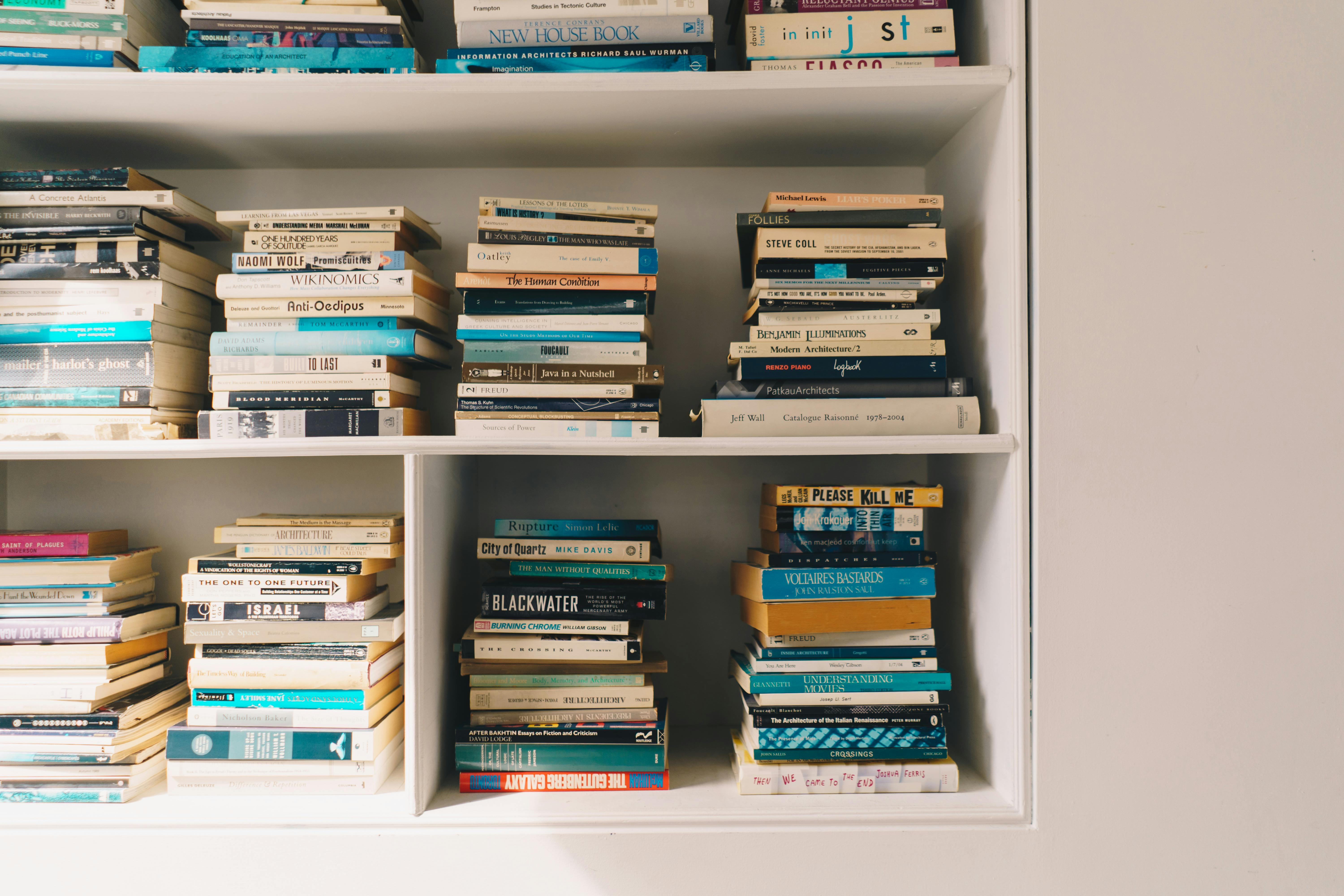Effective Methods for Professional Wall Hole Repair in 2025
Wall damage is an all-too-common issue in any home, whether caused by accidental impacts, hanging heavy frames, or even general wear and tear. Knowing how to fix a hole in wall and applying essential wall repair techniques can restore the integrity and aesthetic appeal of your home. In 2025, advancements in DIY tools and materials make wall repairs more accessible than ever. This article will guide you through the best practices for patching holes in drywall and provide practical tips for achieving a professional finish.
Understanding the process of filling holes in drywall and using the right tools is crucial for DIY home improvement. From using wall patching materials to applying drywall compound, this guide gives you everything you need for a successful wall repair. Additionally, we will explore wall repair kits, quick wall repair methods, and effective painting techniques to ensure your wall looks as good as new. Here’s what you can expect to learn:
- Essential tools for wall repair
- Step-by-step wall repair techniques
- Best practices for drywall compound application
- How to handle various sizes of wall holes
- Tips for painting after wall repair for a seamless finish
Equipped with this information, you can confidently tackle any wall problem that arises. Let's delve deeper into the techniques and tools needed to ensure a flawless wall repair.
Essential Tools for Wall Repairs
Before embarking on your wall repair journey, gathering the right tools is vital. Proper tools not only make the process efficient but also ensure a professional finish. The basic toolkit should include:
Measuring and Cutting Patches
Accurate measurements are essential when fixing a hole. Use a tape measure to determine the size of the hole and cut a matching drywall patch. A drywall knife will help you create clean edges, making it easier to fit the patch seamlessly into the wall.
Drywall Repair Kits
For those new to DIY, a drywall repair kit can simplify the process considerably. These kits usually include a patch, joint compound, and sometimes even a sanding tool. They are versatile and ideal for small to medium-sized holes.
Drywall Compound Application Tools
A putty knife or drywall knife is essential when applying joint compound or spackle. Choose a size appropriate for the patch you’re working on—smaller knives for minor fixes and larger ones for bigger areas.
Sanding Supplies
Sandpaper for wall repairs is crucial for achieving a smooth finish. A medium-grit sandpaper is typically best for smoothing out patches before painting. For textured walls, consider using a foam sanding pad or a sanding sponge.
Gathering these essential repair tools will set the stage for a successful wall repair project. With your toolkit ready, let’s explore the step-by-step process of fixing wall holes.
Step-by-Step Wall Repair Techniques
Now that you have the right tools, it’s time to understand the techniques involved in patching a hole in the wall. This process will vary slightly depending on the size of the hole you’re repairing. Below is a comprehensive guide to help you through.
Preparing the Area for Repair
Start by cleaning the area around the hole. Remove loose debris and dust to ensure that your patch adheres well. If the hole has rough edges, gently trim them with your utility knife to create a neat opening.
Choosing the Right Patch
For small holes (less than 1/2 inch), applying spackle can suffice. For larger holes, cut a drywall patch to fit the hole. An adhesive wall patch is also an option for quick repairs. This patch will stick to the wall and provide a sturdy base for your compound application.
Applying Joint Compound
After securing your patch with adhesive or screws, it’s time to apply joint compound. Use your putty knife to apply a thin layer over the patch, feathering the edges into the surrounding wall to create a blended look. Allow the compound to dry according to the manufacturer’s instructions.
Sanding and Finishing Touches
Once the joint compound is fully dry, sand the area for a smooth finish. Start with medium-grit sandpaper and progress to finer grits. Be gentle to avoid damaging the patched area. After sanding, wipe away any dust with a damp cloth to prepare for painting.
Completing these steps will give your wall a fresh, new look. Now, let’s learn about some common mistakes to avoid during wall repair.
Common Mistakes to Avoid in Wall Repairs
Even experienced DIY-ers can fall into traps when repairing walls. Avoid these common mistakes to ensure a successful project:
Skipping the Preparation Phase
Rushing to apply your patch without adequately preparing the area can lead to poor adhesion and visible imperfections. Always clean the space thoroughly before beginning.
Using the Wrong Materials
Not all wall patching materials are created equal. Ensure that the material you choose suits the size and location of the hole. Using spackle for a large hole can result in cracking and poor finishes.
Neglecting to Feather the Edges
When applying joint compound, neglecting to feather the edges can create noticeable bumps and a patch that stands out. Always blend the compound into the surrounding wall for a more professional look.
Forgetting About Texture
Many walls have texture, and failing to replicate this after repairs can leave a visible patch. Use techniques such as knockdown or slap brush finishes to match the existing wall texture.
By avoiding these pitfalls, you can significantly improve the outcome of your wall repair project. Next, let's discuss the painting process after you've completed your repairs.
Painting After Wall Repair for Seamless Results
Painting over repaired areas can either highlight your work or make it invisible. Achieving a flawless finish requires some techniques that enhance the appearance of your patched wall.
Prepping Walls for Painting
Before painting, ensure that the patched area is completely dry and smooth. Use a primer on the repaired patches to prevent the paint from absorbing unevenly. This step helps achieve a uniform finish across the entire wall.
Choosing the Right Paint
Select a paint that closely matches your existing wall color. If unsure, consider using a sample kit to test the color on the wall before making a commitment. You can also consult with a local paint professional for recommendations.
Effective Painting Techniques
Using a roller can provide a more even finish, while a brush is excellent for corner work. Always use long, even strokes to ensure coverage. For best results, apply two coats, allowing sufficient drying time between applications.
Final Inspection and Touch-ups
Once the paint has dried, inspect your work closely. Touch up any areas that need extra attention. For a truly professional finish, look for single spots that may need additional paint.
With these tips, you can turn a simple repair into a visually appealing feature of your home. Next, let’s explore some wall maintenance tips for sustaining your walls in the long run.
Home Repair Tips for Maintaining Wall Integrity
Once your walls are repaired and painted, proper maintenance is essential to keep them looking great. Here are some effective home repair tips:
Regular Inspections for Damage
Conduct regular checks for cracks, moisture, or peeling paint. Identifying issues early on can save time and expensive repairs later. Pay special attention to high-traffic areas and around fixtures.
Preventing Common Wall Damage
Install wall protection, such as corner guards or chair rails, especially in areas prone to hits or dings. This proactive measure will help maintain wall integrity and minimize damage in the future.
Consider Interior Wall Maintenance
Keeping your walls clean helps prevent dirt accumulation, which can lead to stains. Use a damp cloth to wipe down walls periodically and maintain their appearance. This maintenance will also prolong the life of your paint job.
Planning for Larger Renovations
When deciding on larger updates, such as new paint colors or wall treatments, consider consulting with professionals. They can provide insights on the best materials and techniques based on the current structure of your home.
By following these wall maintenance tips, you can ensure your walls remain as beautiful as they are functional. Now, let's answer some frequently asked questions about wall repairs.
Frequently Asked Questions about Wall Repairs
1. How can I fix a hole in the wall quickly?
For quick fixes, consider using adhesive wall patches or spackle for smaller holes. These products dry quickly and can be painted over within a few hours.
2. What is the best method for repairing large holes?
For larger holes, cut a patch from drywall and secure it with screws. Use joint compound to smooth it out over the patch and feather the edges to blend into the surrounding area.
3. Should I use primer on patched areas before painting?
Yes, applying primer helps ensure the paint adheres properly and promotes an even color across the repaired area, which is especially important for larger patches.
4. What tools do I need for wall patching?
Essential tools include a tape measure, utility knife, putty knife, sandpaper, and joint compound. Having the right tools will streamline the repair process.
5. Can I paint over spackle directly?
While you can paint over spackle, it is advisable to apply primer first to avoid uneven paint absorption and ensure a smooth finish.
Conclusion
Patching holes in your walls doesn't have to be a daunting task. By following the methods outlined in this article, you can successfully repair damage and enhance the aesthetics of your home. The essential wall repair tools and effective techniques discussed will not only help restore your walls but also boost your confidence in tackling similar DIY projects in the future.
For further tips and tricks on maintaining your home, check out more resources like DIY home improvement tutorials and become a pro at wall repairs!


